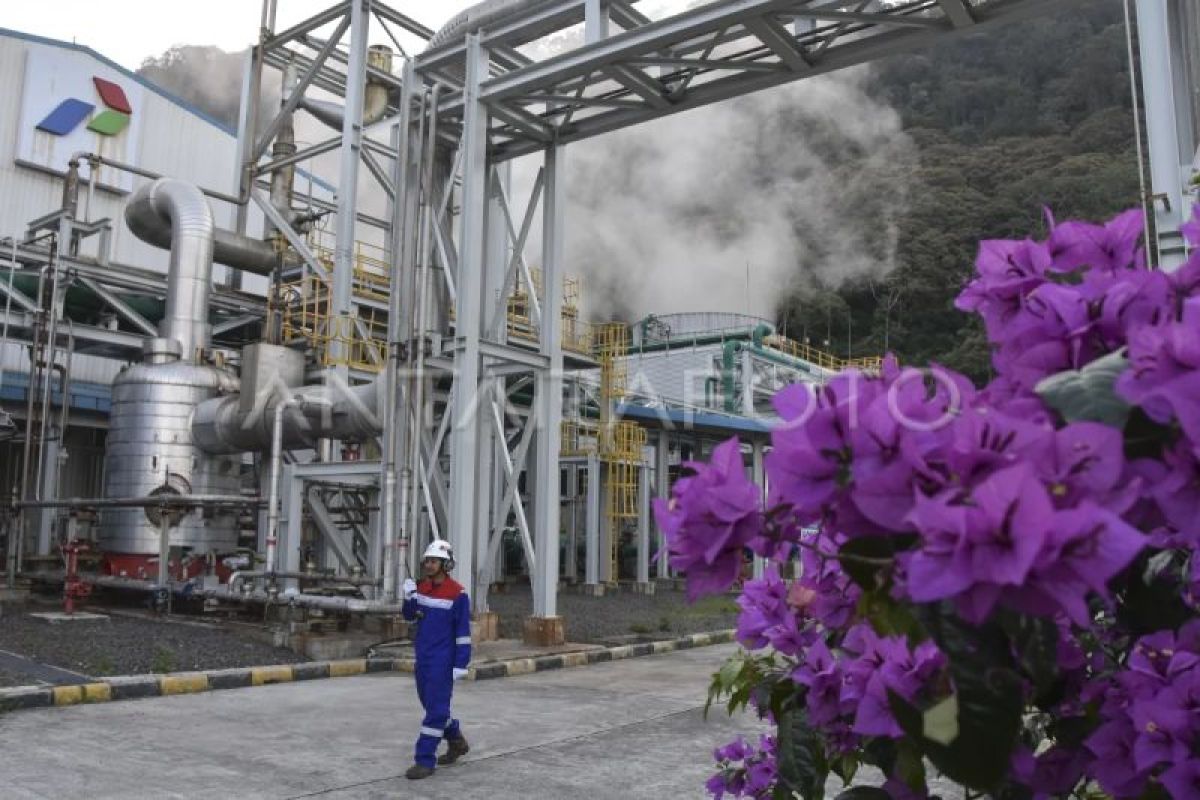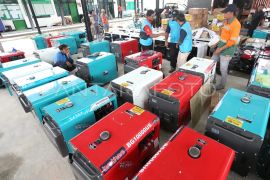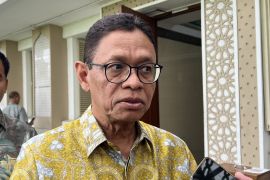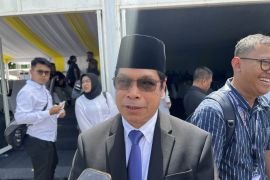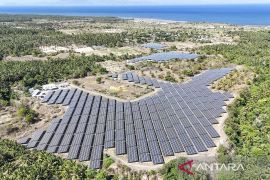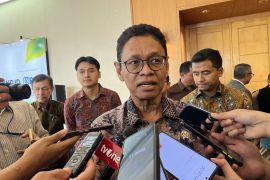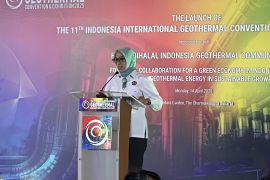In a statement released on Thursday, Director General of New, Renewable Energy, and Energy Conservation at the ministry Eniya Listiani Dewi said that the geothermal sector has contributed significantly to the national economy.
Investment in the geothermal sector has reached US$9.3 billion in the last 10 years, with non-tax state revenues (PNBP) from the sector continuing to increase, she expounded.
“The only PNBP in new, renewable energy and energy conservation is generated from geothermal. Currently, it has reached Rp18.2 trillion in the last 10 years,” she informed.
In addition, geothermal development has also brought great benefits to the region by creating the potential for production bonuses. Dewi said that the expansion of geothermal activities will improve local income.
Moreover, the development of the geothermal sector will encourage the growth of the manufacturing industry that supports renewable energy, especially geothermal energy.
Components such as turbines, heat exchangers, and pipes are some examples of products needed by the industry, she added.
According to Dewi, the local manufacturing industry has absorbed more than Rp10 trillion (US$597 million) in the form of goods and services, and empowered 16 thousand workers.
Related news: Prabowo launches NRE power projects in 15 provinces
To increase the impact of the geothermal sector on local businesses, industries, and communities, the ministry is currently drafting a revision of Government Regulation Number 7 of 2017 to create a regulatory breakthrough in the renewable energy sector.
Data from the ministry shows that Indonesia is one of the largest geothermal energy producers in the world, ranking second after the United States.
Dewi said that Indonesia accounts for nearly 40 percent of the total global geothermal potential of around 23.7 gigawatts (GW). However, its utilization of geothermal energy is low, accounting for around just 11 percent of the total potential.
From 2014 to 2024, the total installed capacity of geothermal power plants (PLTPs) increased by 1.2 GW to reach 2.6 GW.
The government is targeting to add 5.2 GW of electricity capacity through the development of geothermal energy in the next 10 years, according to the Electricity Supply Business Plan (RUPTL) 2025–2034.
Indonesia has several PLTPs, including in Kamojang (West Java), Salak (West Java), Darajat (West Java), Ulubelu (Lampung), Dieng (Central Java), and Sorik Marapi (North Sumatra).
Related news: Solar power can ensure national energy sufficiency: RI President
Translator: Shofi Ayudiana, Resinta Sulistiyandari
Editor: Rahmad Nasution
Copyright © ANTARA 2025
